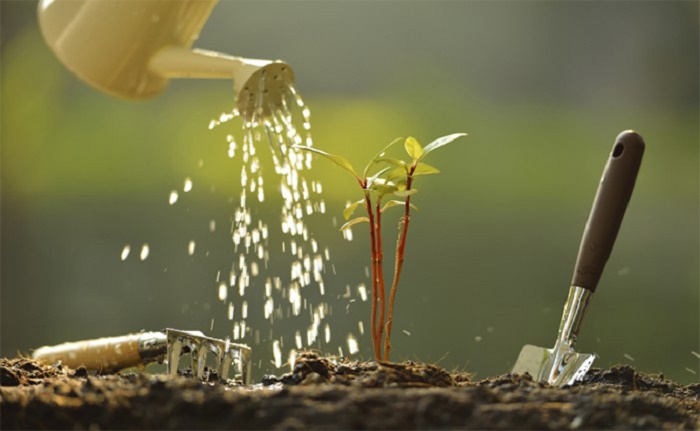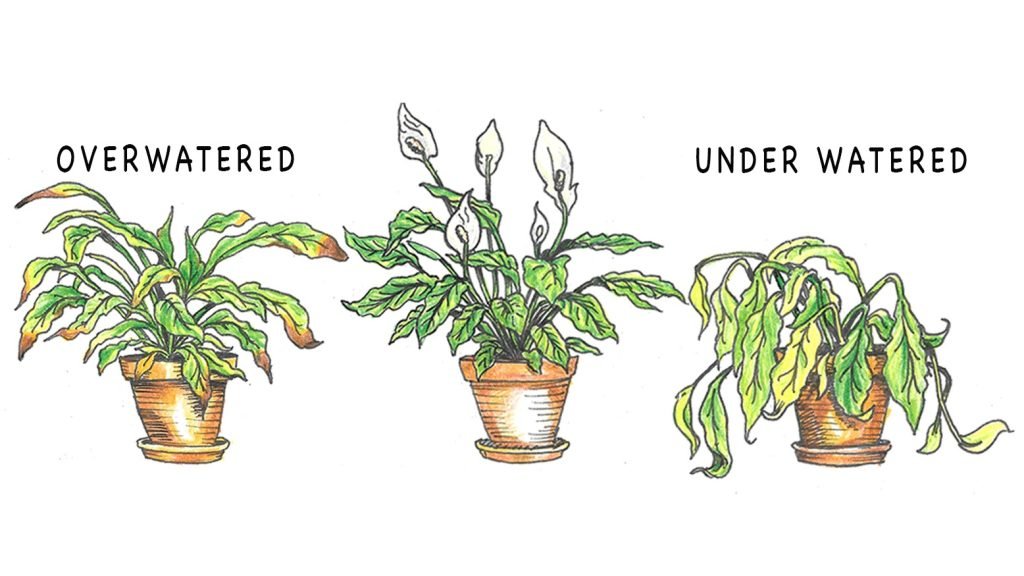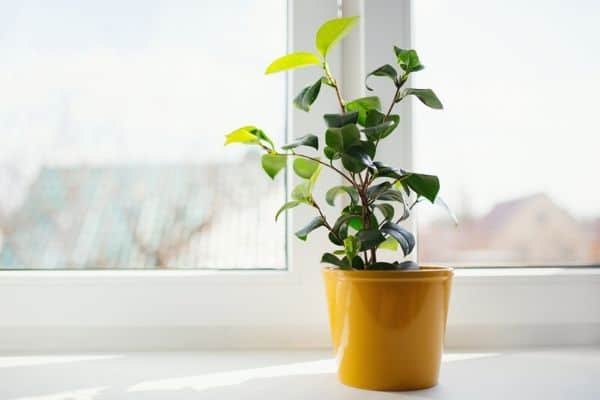Indoor plants are not only aesthetically pleasing for your home decoration but also have multitudes of physical benefits like improving mental health, sharpening the attention, providing purified air, etc. There are many house plants that help in absorbing toxic substances like benzene and trichloroethylene from the air. Not only this, indoor plants act as “natural cleaners” as they help in reducing dust by up to 20%.
But, have you ever wondered why don’t your Indoor plants thrive even after much caring and attention? If yes, then you must try to understand the common mistakes that lead to making them weak and withering of leaves. Here are a few of them:
Also read: Tips to grow outdoor plants indoor
Over Watering:
When plants do not look healthy, for example, have yellow leaves, foul smell, browning edges, etc. people think this must be due to lack of water. But, that is not true in every scenario. Some plants do not prefer that much water in general, but when you overwater them, they might die.

In such cases, you need to recognize the right amount of water needed for your plant through simple steps:
- Check the tip of the plant. If it is brown, then it is a clear sign of overwatering.
- Check if plants have impaired growth of plants with yellow leaves, as it is also one of the visible signs of overwatering.
- Look out for root rot, which is another symptom of overwatering that causes the root to turn brown, grey, and slimy.
Some plants like cacti have thick leaves, which means they require less water. However, the ones with thinner leaves have different needs based on their type.
Under Watering:
On the other hand, plants might also shed their leaves and ultimately die when you do not provide them sufficient water to survive. So, in most of the cases, it is considered that under watering is still better as compared to overwatering. This is because plants that are underwatered survive as soon as they are given water, which is not the same in case of overwatering.

Still, under watering is not ignorant in any of the scenarios, but you can always have some clues to identify that your plants need water:
- Check if the soil is dry. The plant might need more water in that case.
- Look for the growth aspect, In some cases, the plant survives but its growth is slower than expectations.
- Observe the tip of plants carefully. If they are dry and brown, then there is a clear sign of underwatering.
Irregular Checkups:
Plants do not survive and ultimately, die when you do not take care of plants with utmost dedication. To meet the required needs of your plants, you must regularly check them up so that they remain healthy and blossomed. For this, one must consider the following steps to maintain their indoor plants:
-
- Clean your plants by getting rid of dead and rotten leaves. This is because they might cause infections in them. Sometimes, unwanted plants called “weeds” grow in the pot which not only take the useful nutrition from the plants, but also hampers their overall growth. Therefore, cleaning and cutting down these extra plants is very necessary in order to maintain their health.
- Spot the early signs of plant diseases like dark roots, discolored roots because the sooner you observe these signs, the better are the chances of their recovery and survival. In many cases, keeping your plants in the same pot for years is one of the major causes of problems like root rots, pests, etc. Hence, in such cases, it becomes crucial to meet the regular checkup needs and avoid these mistakes in the future.
Read Plant Care Tips You Should Know for the Winter Season
Inadequate Light:

In plants, photosynthesis is one of the important processes in which a plant takes energy from the sun and uses this energy to prepare its food in the presence of chlorophyll. But, there are several plants that require little or no sunlight and that is why they are low-maintenance green corners of your house. Chamaedorea, dragon tree, weeping fig tree etc. are some good examples of indoor plants that fall under this category.
On the other hand, if we talk about plants like aloe succulents, they need bright light for almost 6 hours a day. So, one major mistake that we all make is not identifying the light needs of our plants which can be medium, bright, or low based on your plant type.
Overdose of Fertilizers:
For a plant to grow, nutrients are needed and out of these essential nutrients, the major ones are nitrogen, phosphorus, and potassium. These primary nutrients needs can be fulfilled with the help of fertilizers. But, one must know how much and how often your plant needs these external nutrients.
A major miscalculation happens while addressing the issue related to plant withering with overdose of fertilizers at the wrong time. Ideally, they should be fertilized during spring because that’s when their growth is at its peak. Plants like begonias grow faster as compared to plants like cactus. Therefore, faster growing plants need more fertilizers in comparison to slower growing ones.
Must read: 5 Plants That Should Not Be Kept Inside Your Home
Less Humidity:
In most of the scenarios, conditions inside a house might not be favorable for indoor plants. They might be drafty and dry. Therefore, it is important to follow some useful tips:
-
- Keep them away from drafty windows, doorways, and heater vents.
- Set plants on trays. Fill them with water and layer those trays with small pebbles. This will help in increasing humidity.
- Keep your plants in bathrooms or kitchens if those places are getting enough light. Usually, these areas have high levels of humidity and hence are favorable for your plants.
- Mist them often. Though this technique is not a permanent solution, it can be of help in many cases. Too much misting can enhance your possibilities for foliage diseases. So, be careful.
Also read: Vastu For Indoor Plants
Your indoor plants are sensitive and need good care. If you are a beginner, avoiding such mistakes can help you in the long run.



This is like a gem that I have found. I have been facing so many problems with maintaining indoor plants. But after reading this blog, I have found so many tips and tricks that make my work easier. I would recommend it to all plant lovers out there.
I am fond of gardening.Last month I bought few indoor plants.But due to lack of knowledge,they died turning pale and some of them even died.But you have provided so mamy tips for growing indoor plants.I wiil use these valuable information on my plants.
Discover effective cleaning tips to safeguard your home against coronavirus. A must-read for anyone prioritizing health and cleanliness in their living spaces during the pandemic.